Open tendering is a public procurement procedure. The process of inviting bids is facilitated through public advertisements. It makes the procurement process transparent. Equal opportunity is given to all potential suppliers. The approach enhances competitive advantages. The government sector usually prefers open tendering. It stops favouritism and corruption. Bid submission, evaluation, and selection are involved in the process. Each of the criteria is defined. Suppliers have to work to the required standard and schedule. The open tendering creates confidence in vendors. It also offers improved pricing and quality. This process promotes responsible procurement. Carefully follow the rules in the process.
What are the Key Features of Open Tendering?
Here are the four key features of open tendering:
Public Advertisement
Open tendering involves an invitation for bids through public advertisements. It boosts transparency, enhances equality, and makes the procurement process open to all interested and qualifying suppliers.
Equal Access
Bid opportunities are equally open to all qualified vendors. There is no special consideration, so all qualified suppliers have an opportunity to bid and win based on competence rather than connections.
Competitive Bidding
Competition exists among several suppliers to provide the best value. It promotes cost-effectiveness, innovation, and the ability of the buyer to obtain the most appropriate product or service due to open competition.
Formal Evaluation Criteria
The evaluation of the bids is based on the set rules of evaluation. These criteria provide fairness, objectivity and consistency in reducing bias and aligning procurement decisions to a set standard of performance or cost.
What are the Steps in the Open Tendering Process?
The following are the six key steps in the open tendering process:
- Tender Notice Issued: It starts with the publication of a tender. It describes the project, eligibility and submission date to attract open participation by the qualified vendors.
- Document Collection: Interested suppliers can get access to tender documentation. These are technical specifications, terms and evaluation criteria which are required to prepare correct and compliant bid proposals.
- Bid Submission: Sealed bids are submitted by the vendors before the deadline. The format of the submissions needs to be specified so that the assessment is fair and provides equal opportunity.
- Bid Opening: A fixed time is set when bids are opened, usually publicly. It facilitates openness and avoids manipulation, bias and corruption during the process.
- Bid Evaluation: Bids are evaluated with reference to pre-determined criteria by evaluation teams. The factors like price, quality, compliance, and delivery schedules are to achieve the best value.
- Award of Contract: The bidder with the most responsive and responsible approach is awarded the contract. The decision is recorded to facilitate audit needs and transparency.
What are the Best Practices for Open Tendering?
Below are the eight best practices for open tendering:
- Standardise Tender Documents: Apply the same format and language in all of the tender files. It enhances transparency, decreases confusion, and the suppliers know what is wanted even at the beginning of the process.
- Define Evaluation Criteria Clearly: Be sure to list all scoring or evaluation criteria in the tender. Well-defined criteria provide transparency, minimise conflicts and enable the suppliers to make more correct bids.
- Promote Open Communication: Set up a formal communication channel for a supplier to offer them a timely reply to their questions. Solve problems and share answers with everyone to maintain honesty and create trust.
- Train Evaluation Committees: Train evaluators with correct information about the policies, evaluation techniques, and avoidance of bias. It helps make decisions that are more accurate and consistent.
- Conduct Regular Audits: Review the procurement process regularly to verify compliance and to identify errors. Audits enhance accountability and better tenders in the future.
- Set Realistic Deadlines: Make sure suppliers have enough time to put in the bids. Properly balanced timelines help to get more appropriate proposals and lower last-minute submissions.
- Publish Results Publicly: Declare final results, also including summaries of evaluation. It gives bidders a sense of transparency and builds their confidence in the bidders.
- Encourage Feedback from Bidders: Ask the vendors to provide feedback on contract awards. Feedback also assists in filling the gaps and working on the next tendering cycle.
When to Use Open Tendering?
Open tendering is most effective when applied to governmental projects. It is used when there is a need for fairness and transparency. It is right in large contracts with numerous possible suppliers and is suitable when there are clear specifications for products or services. It is utilized when price competition is concerned. It can prevent bias and favouritism and is effective when there is sufficient time to go through the entire process. It cannot be used in emergent needs. Open tendering brings in equal access and responsibility in procurement.

George C. Tagg, Jr.
George serves as a trusted counsel to business leaders, non-profit executives, and management teams. George is a licensed attorney with a master’s in international affairs and over 20 years’ experience in the U.S. Congress, Department of State, Department of Defense, global public policy, and political campaigns.


